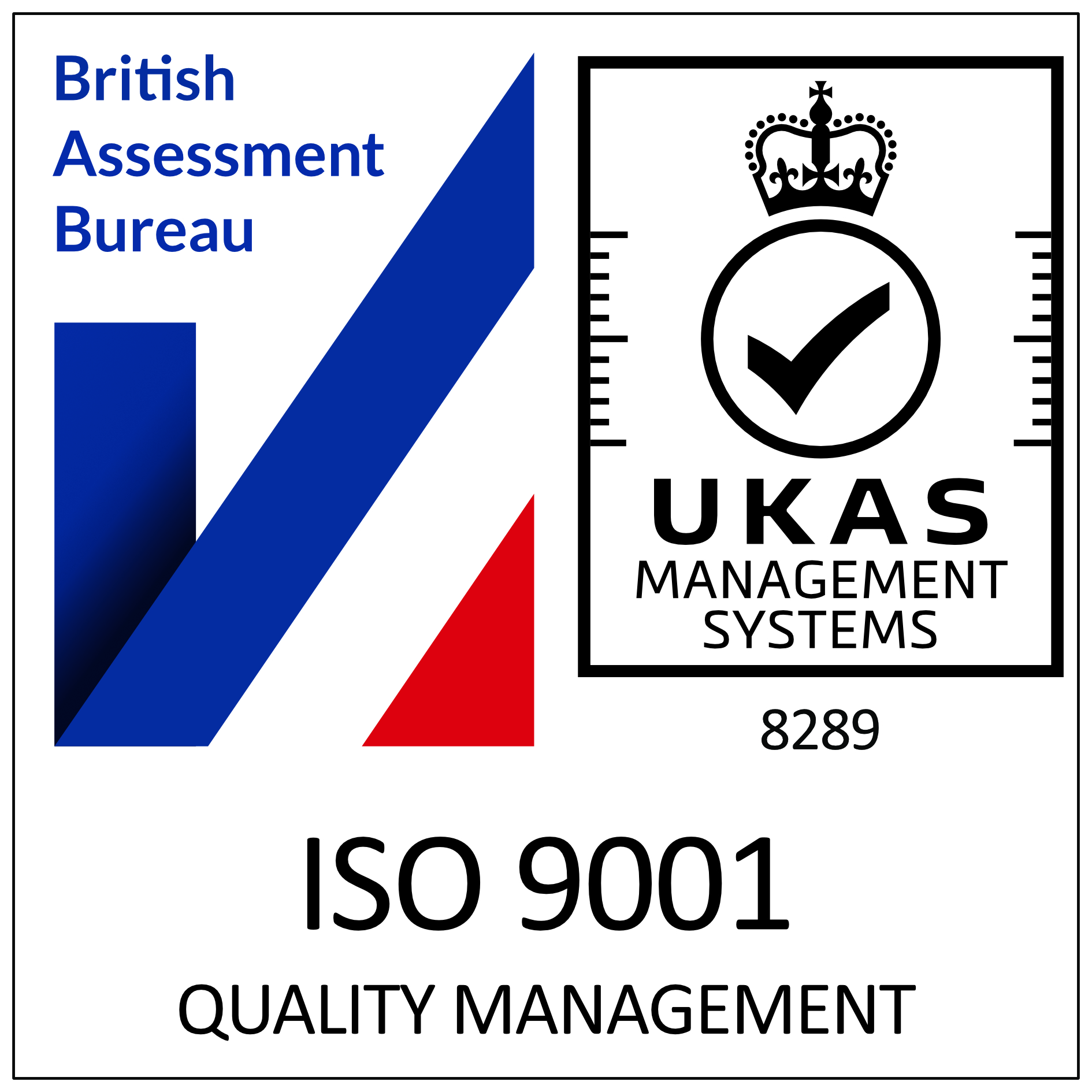The various categories of fire resistant doors
Our article this week revisits the so-called “ratings” for fire resistant doors i.e. for how long will they provide resistance?
Modern buildings are compartmentalised to delay the spread of fire from one area to another. The fire doors that link these compartments have two very important functions:
- when closed they form a barrier to stop the spread of fire
- when opened they provide a means of escape
Every fire door is therefore required to act as a barrier to the passage of smoke and/or fire to varying degrees depending upon its location in a building, the fire hazards associated with that building, and the function of the building (e.g. a school, library, office etc.)
Specifying the correct fire door can be a life or death responsibility – the latest figures from 2013-14 (the latest year for which comprehensive data is available) reveal the following sobering facts:
- The total number of fires attended was 212,500
- There were 322 fire-related deaths
- 41% of fire-related deaths were caused by the victim being overcome by gas, smoke or toxic fumes. The other leading causes are burns alone (20%) and combination of burns and being overcome by gas or fumes (20%)
- There were 9,748 non-fatal casualties in fires
Roughly 1 in 12 fires spread from where the fire started to other rooms in the building … this is where fire resistant doors come in, and this is where we need to ensure that the correct rating is fitted.
Ratings explained
Fire doors and doorsets are tested to BS 476 Part 22 to represent how they will function in a fire, and are rated in minutes and prefixed by the letters FD. Hence:
Fire door rating Fire door
30 minutes FD 30
60 minutes FD 60
90 minutes FD 90
120 minutes FD 120
240 minutes FD 240
Note that we mentioned doorsets there – the building regulations in operation relate to the entire door installation, and not just the door alone. Because of this, fire doors are not tested as individual leaves, but as a complete installation, along with frame, locks, latches and other essential ironmongery.
So when would you install each type of door?
The key question is this: how long will the door be required to hold back the fire and smoke (the latter, remember, often being more dangerous)?
Clearly, “as long as possible” seems the most pragmatic answer, but as we’ve said in the past there’s a bit of a difference between a fire breaking out in a nuclear power station and a small rural museum in the middle of nowhere with two staff and the very occasional visitor.
We’ve used these two extremes deliberately – clearly the consequences of a fire breaking out in the nuclear power station are far more serious, so the preventive steps we take to stop the fire and smoke spreading need to be much more rigorous … and that includes of course the fire resistant doors.
In reality most buildings aren’t nuclear power stations or small rural museums in the middle of nowhere, and the fire doors we should select should be appropriate for the building, the risks, the hazards, the amount of people who would need to evacuate, the access by emergency services … and naturally the governing legislation and regulations.
So some of our considerations would surely be:
- how many people would need to be evacuated in the event of a fire?
- what sort of building is it (e.g. skyscraper or small library) i.e. how quickly could everyone get out?
- what surrounds the building (e.g. isolated rural location or city centre)?
- what is IN the building that we wouldn’t want the fire to get to (think the Mona Lisa) , and/or if the fire does get to it what wouldn’t we want to get out (think smallpox)?
- overall, what would the consequences be of a fire breaking out in terms of human life, public safety, loss of property or material etc.?
So how do we use the ratings?
It’s clear that it’s all about getting the balance right. While in no way suggesting that we should take shortcuts on safety, equally there’s no point over-specifying and incurring additional costs if it isn’t necessary. We simply need the right fire door for the job.
Take the small rural museum in the middle of nowhere again – it’s unlikely that a fire would break out in the first place, and even if it did the staff and visitors could escape very quickly. So there’s no need to install a very high specification 240 minute fire door.
The regulations
Common sense applies as much as anything – as we’ve said it’s about being pragmatic and getting the balance right – but as we all know common sense isn’t always adequate (or sometimes all that common). So regulations exist to help us determine what sort of fire resistant door to install, and why.
How to get expert advice
As we’ve so often said, it’s absolutely vital that you talk to experts who specialise in the manufacture and installation of fire resistant doors – and who can give you excellent advice and guidance based on years of successful installations and a large and satisfied customer base.
If you would like further information on our company please visit our home page or go directly to our contact page when we will respond as quickly as possible.
As always we’ll be delighted to help and advise you.








